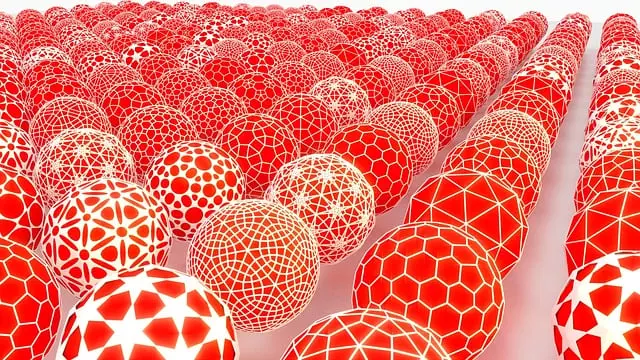Kratom, a natural herb from Southeast Asia, offers various medicinal benefits available in different forms and varieties, each with distinct properties. While known for pain relief, mood enhancement, and energy boosts, recent studies suggest a potential link between kratom consumption and hyperpigmentation. This article explores how kratom interacts with melanin production and skin cell behavior to cause skin discoloration, providing insights crucial for informed decisions regarding its use.
“Discover the enigmatic world of Purple Vein Kratom capsules, a distinctive variety with unique characteristics and potential benefits. This comprehensive guide explores the essence of Kratom—a tropical herb gaining popularity for its diverse effects. From the various types, including Red, White, and Green leaves, to the specific attributes of Purple Vein, we demystify this powerful plant. Furthermore, we delve into a lesser-known side effect: hyperpigmentation, its connection to Kratom use, and strategies for managing skin discoloration. Empower yourself with knowledge as we navigate the landscape of Kratom.”
- Understanding Kratom and Its Varieties
- – What is Kratom?
- – Different Types of Kratom Leaves (e.g., Red, White, Green)
Understanding Kratom and Its Varieties
Kratom, a tree native to Southeast Asia, has gained significant attention for its medicinal properties. The leaves of this plant are dried and processed into various forms, including capsules, powder, or extracts. Each preparation offers unique benefits, catering to diverse user needs. One particular variety, known for its distinct appearance and potential effects, is Purple Vein Kratom. This variant gets its name from the faint purplish hue in its leaves, which may also indicate higher levels of certain alkaloids compared to other types.
The world of kratom boasts numerous varieties, each with its own unique profile. Apart from the well-known Red and Green veins, Purple Vein Kratom stands out due to its potential benefits related to relaxation and pain relief without necessarily inducing drowsiness. Moreover, some studies suggest a possible link between kratom consumption and hyperpigmentation, an effect that could be of interest to those seeking natural skin remedies. Understanding these varieties is crucial for consumers aiming to make informed decisions based on their specific preferences and desired outcomes.
– What is Kratom?
Kratom, a natural herb native to Southeast Asia, has gained significant attention for its diverse medicinal properties. Scientifically known as Mitragyna speciosa, this plant’s leaves are carefully cultivated and processed to create various forms, including capsules, powders, and extracts. The herb is renowned for its potential pain-relieving, mood-enhancing, and energy-boosting effects, making it a popular choice among individuals seeking alternative remedies.
When discussing kratom, one unique aspect that sets it apart is the presence of hyperpigmentation in its leaves. This natural pigment plays a role in the plant’s medicinal value, as it contributes to its rich chemical composition. Hyperpigmentation in kratom leaves can vary, offering different strains with distinct properties, catering to diverse user needs and preferences.
– Different Types of Kratom Leaves (e.g., Red, White, Green)
Purple Vein Kratom capsules offer a unique blend with potential benefits for those seeking natural solutions. As one of the less-explored varieties, it showcases the diverse options available in the Kratom world. While further research is needed to fully understand its effects, particularly regarding hyperpigmentation, many users vouch for its calming and energizing properties. Always remember to consult a healthcare professional before incorporating any new supplement into your routine.














